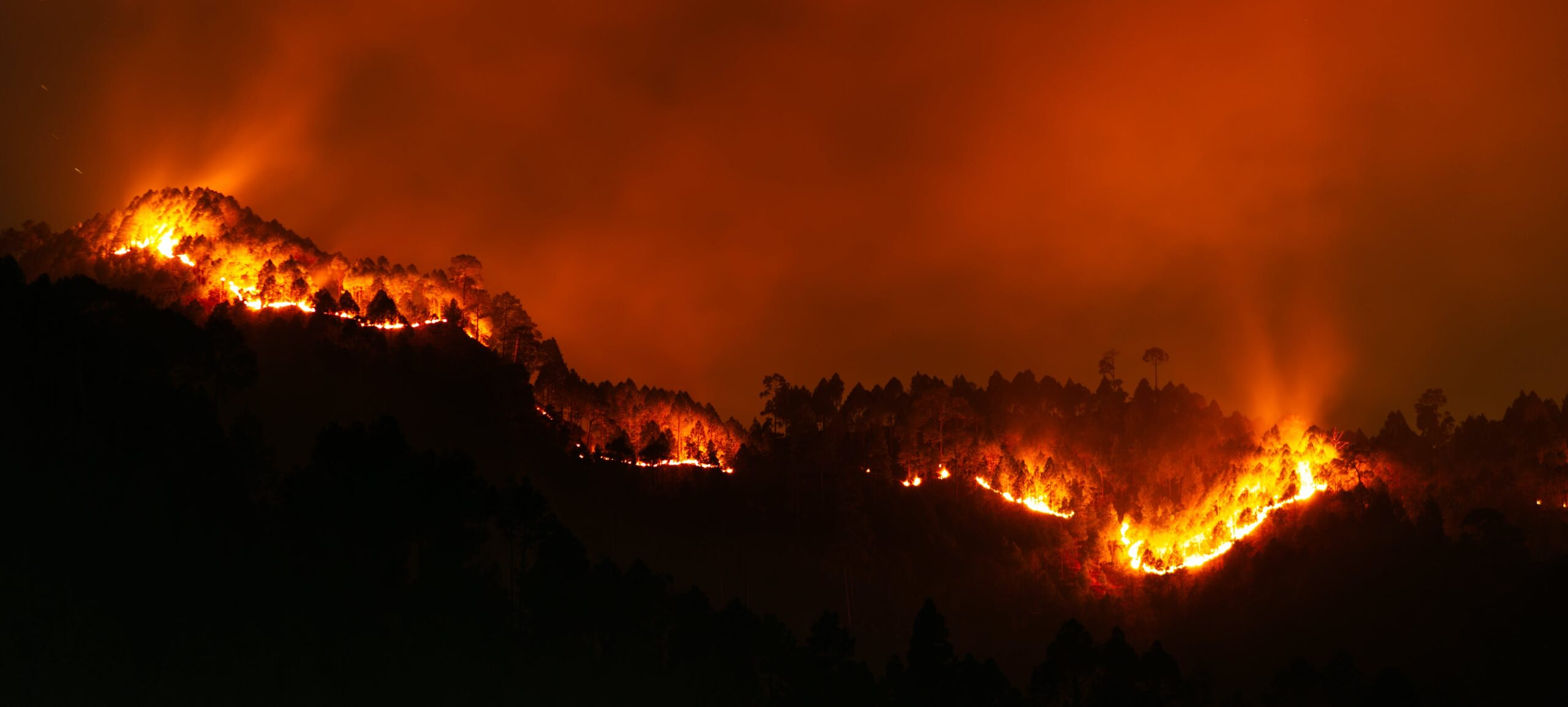
How Forest Fires Affect Indoor Air Quality
In recent years, forest fires have become an alarming and frequent occurrence, wreaking havoc on the environment, economy, and human health. Researchers say this may be due to factors such as increased heat and extended periods of drought caused by climate change, making forest fires an area of concern across the globe.
While their immediate impact is undeniably devastating, most people fail to consider the dangerous threats from wildfires that can silently linger for weeks and even months after the blaze has been contained. Even though they are often overlooked, both the short- and long-term repercussions on indoor air quality pose immense risks to families, businesses, and employees living and working in proximity to these fires. Below, we’ll explore how these hazards manifest and some important solutions to help mitigate their effects within your home or workplace.
The Relationship Between Indoor Air Quality and Forest Fires
As they consume vast amounts of organic matter, forest fires release large quantities of pollutants and particulate matter into the atmosphere. These tiny particles, known as fine particles or PM2.5, are incredibly small in diameter, meaning they are easily inhaled and can cause immediate health problems when present in the air we breathe. The particle pollution present in wildfire smoke has been scientifically linked to both respiratory and cardiovascular health complications, leading to shelter-in-place advisories commonly issued by the government when the volume of smoke in the air surpasses a dangerous threshold.
Even though staying inside will help protect you from the immediate perils posed by wildfire smoke, it won’t always be enough. Regardless of whether you’re living and working inside a new construction or a more historic site, no building can ever be completely fortified against the elements; wildfire smoke is sure to enter indoors through natural or mechanical ventilation (such as HVAC systems drawing air in from the outside), or through infiltrations (small, undetectable cracks and openings in a building’s facade).
The Short-Term Effects on Indoor Air Quality
The short-term effects of wildfire smoke on indoor air quality may manifest in the following immediate ways:
- Mild to severe respiratory issues, including coughing, wheezing, and phlegm
- Eye irritation, such as scratching, itching, watering, or burning sensations
- Aggravated allergies due to other allergenic substances carried within wildfire smoke, such as pollen and mold spores
- Exacerbated issues associated with asthma
The Long-Term Effects on Indoor Air Quality
Even after the immediate threat of a forest fire has passed, its consequences linger in long-term air quality issues, particularly indoors. These effects are often overlooked as they can compound over time and remain undetectable to those without stringent air-quality monitoring practices in place. Below are some of the key ways in which forest fire smoke can affect indoor air quality over a prolonged duration of time:
- HVAC system contamination occurs when heating, cooling, and ventilation systems draw in outdoor air during a forest fire. These systems, especially those lacking proper filtration, may distribute pollutants throughout the building, reducing indoor air quality over time.
- Residue and soot accumulation can infiltrate buildings long after a forest fire burns out. Toxic chemicals and other particulate matter released by the blaze can settle on indoor surfaces, such as floors, furniture, and walls. Over time, this becomes a significant source of indoor air pollution, as the “settled” particles are constantly reintroduced to the air via habitual disturbances.
- Long-term health issues accompany short-term symptoms such as respiratory and cardiovascular complications and severely aggravated asthma and allergenic sensitivities.
What This Means for You and Your Employees
Indoor air quality is crucial for maintaining a healthy and productive work environment. Poor indoor air quality can lead to various health issues, including respiratory problems, allergies, headaches, fatigue, and reduced cognitive function, causing a decline in overall well-being and job satisfaction, ultimately impacting productivity and morale.
Prolonged exposure to these pollutants within a workplace can also exacerbate pre-existing conditions such as asthma, bronchitis, and heart disease, leading to complications regarding your employees’ respiratory health, cardiovascular health, and overall immune system down the line.
Moreover, indoor air quality issues from forest fires can also affect mental health. Studies have proven a definitive correlation between poor indoor air quality and increased levels of stress, anxiety, and depression. This can lead to a serious decline in employee engagement, job satisfaction, and overall quality of life.
Mitigate the Impact of Forest Fires with TEMP-AIR®
TEMP-AIR® Equipment Sales is proud to offer high-efficiency indoor air filtration solutions that safeguard families and businesses against the adverse effects of wildfire smoke and other indoor air pollutants. From our portable dust containment carts to our top-notch air scrubbers and purifiers, our equipment is built to help keep your air reliably safe and climate-controlled all year round. Contact us today to learn more about how our air filtration solutions are built to last.
